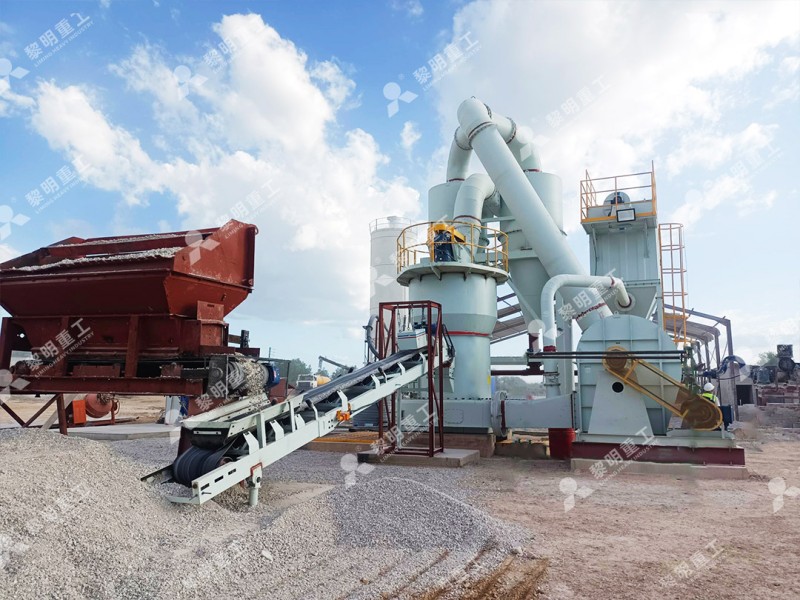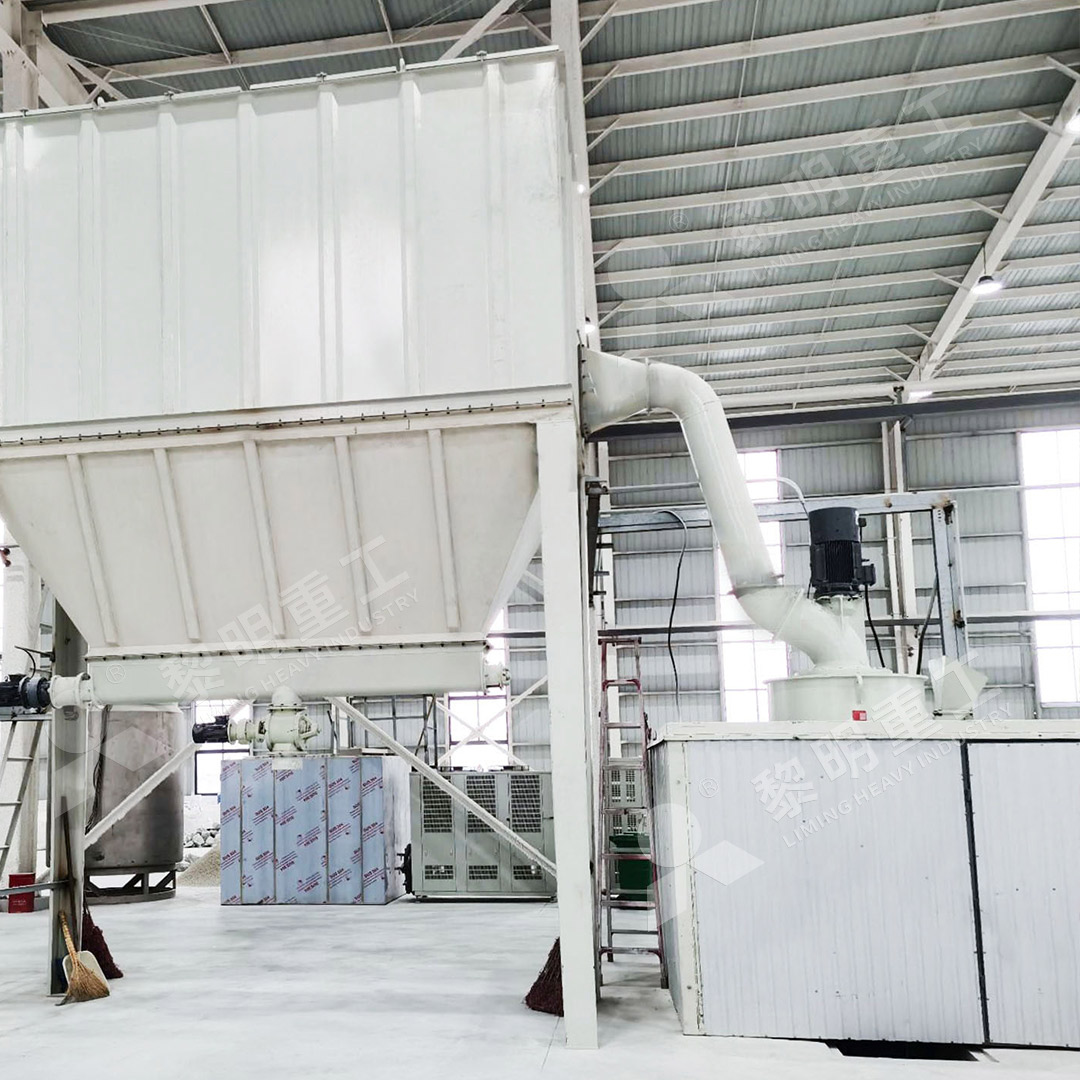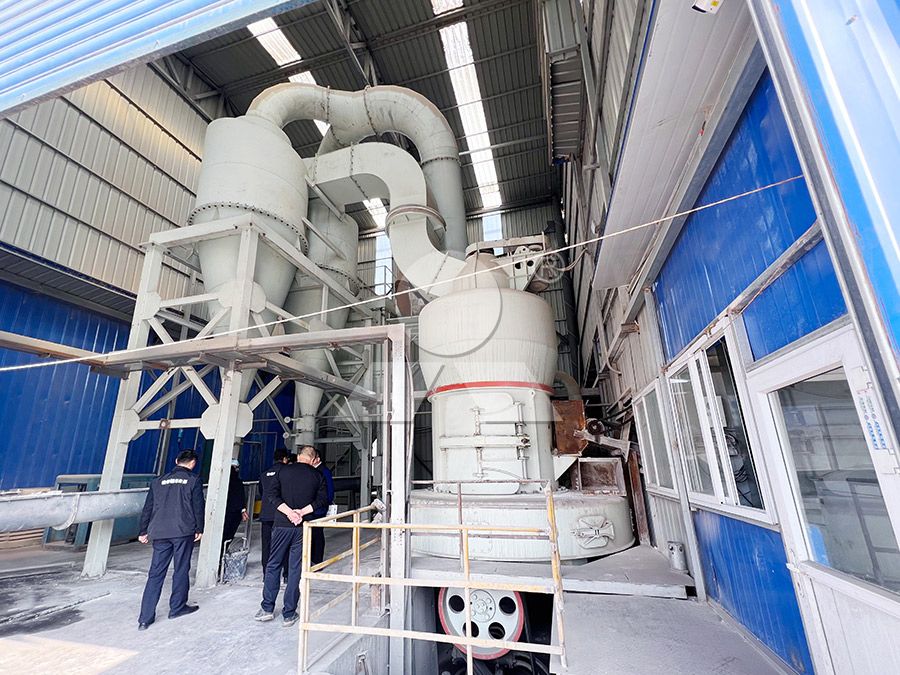Laboratory Ore Grinding Mill for Mineral Sample Preparation and Analysis
Laboratory Ore Grinding Mill for Mineral Sample Preparation and Analysis
In the field of geological exploration and mineral processing, accurate sample preparation stands as the cornerstone of reliable analytical results. The process of reducing ore samples to fine, homogeneous powders requires specialized equipment that can deliver consistent particle size distribution while preserving the sample’s chemical integrity. Laboratory grinding mills serve this critical function, bridging the gap between field sampling and laboratory analysis.

The Critical Role of Sample Preparation in Mineral Analysis
Proper sample preparation directly impacts the accuracy of subsequent analytical techniques including X-ray fluorescence (XRF), atomic absorption spectroscopy (AAS), and fire assay methods. Inconsistent grinding can lead to poor representativity, segregation of mineral phases, and analytical errors that compromise the entire valuation process. The ideal laboratory mill must therefore achieve several key objectives: uniform particle size distribution, minimal contamination, reproducible results, and efficient operation.
Traditional approaches to laboratory sample preparation often involved manual crushing and grinding methods that introduced significant variability. Modern laboratory grinding mills have evolved to address these challenges through engineered solutions that prioritize precision, efficiency, and sample integrity.
Technical Considerations for Laboratory Grinding Equipment
When selecting a laboratory grinding mill, several technical parameters demand careful consideration. The feed size capacity determines what preliminary crushing may be required, while the final particle size capability must align with analytical requirements. Throughput capacity must balance laboratory workflow needs against the practical constraints of bench space and utility requirements.
Contamination represents a particular concern in trace element analysis. The grinding mechanism’s composition and wear characteristics directly influence potential introduction of foreign elements. Similarly, heat generation during grinding can alter mineralogical characteristics or cause volatilization of certain compounds.

Advanced Grinding Solutions for Modern Laboratories
For laboratories requiring ultra-fine powders for advanced analytical techniques, the MW Ultrafine Grinding Mill represents a significant technological advancement. With an input size capacity of 0-20 mm and throughput of 0.5-25 tph, this system accommodates most laboratory sample preparation requirements while offering industrial-scale capabilities for pilot plant operations.
The MW series incorporates several innovative features specifically beneficial for laboratory applications. The absence of rolling bearings and screws within the grinding chamber eliminates common failure points and reduces maintenance requirements. The German-designed cage-type powder selector enables precise fineness adjustment between 325-2500 meshes, allowing laboratories to optimize particle size for specific analytical methods.
Environmental considerations, often overlooked in laboratory settings, are comprehensively addressed through integrated pulse dust collection and noise reduction systems. This ensures operator safety and maintains laboratory air quality standards while enabling continuous 24-hour operation for high-volume sample processing.
Application-Specific Grinding Solutions
Different mineral types present unique grinding challenges. Hard, abrasive ores require robust construction and wear-resistant materials, while clay-rich samples demand efficient drying capabilities. The versatility of modern laboratory mills like the MW Ultrafine Grinding Mill extends across numerous mineral types including limestone, calcite, dolomite, gypsum, barite, and various industrial minerals.
Beyond traditional geological applications, these systems find utility in diverse fields including cosmetics development (talc processing), pharmaceutical preparation (calcium carbonate additives), and advanced materials research (rare earth mineral processing). The ability to achieve d97≤5μm in a single pass makes these systems particularly valuable for applications requiring extreme fineness.

Operational Efficiency and Maintenance Considerations
Laboratory equipment must balance sophisticated capabilities with operational simplicity. The external lubrication system of the MW Ultrafine Grinding Mill enables maintenance without shutdown, while the comprehensive spare parts support ensures minimal downtime. Digital control systems provide reproducible operating parameters, essential for quality assurance in analytical laboratories.
The energy efficiency of modern grinding systems delivers additional benefits beyond operational cost savings. Lower energy consumption translates to reduced heat generation, preserving heat-sensitive mineral characteristics and improving working conditions in climate-controlled laboratory environments.
Frequently Asked Questions
What is the typical particle size achievable with laboratory grinding mills?
Advanced systems like the MW Ultrafine Grinding Mill can achieve fineness between 325-2500 meshes (approximately 45-5 microns), with specific models capable of reaching d97≤5μm in a single pass.
How does laboratory-scale grinding differ from production grinding?
Laboratory grinding prioritizes sample integrity, minimal cross-contamination, and precise control over particle size distribution, whereas production systems focus on throughput and operational efficiency.
What measures prevent contamination during the grinding process?
Modern mills incorporate wear-resistant grinding elements, eliminate internal fasteners that can loosen, and use specialized chamber designs that minimize metal-to-metal contact and subsequent contamination.
Can laboratory grinding mills handle moisture-containing samples?
Many contemporary systems integrate drying capabilities, though specific moisture tolerance varies by model. The MW series accommodates moderate moisture content through its air flow design.
What safety features are incorporated into modern laboratory mills?
Comprehensive systems include pulse dust collectors to maintain air quality, noise reduction technology, emergency stop mechanisms, and automated monitoring of operational parameters.
